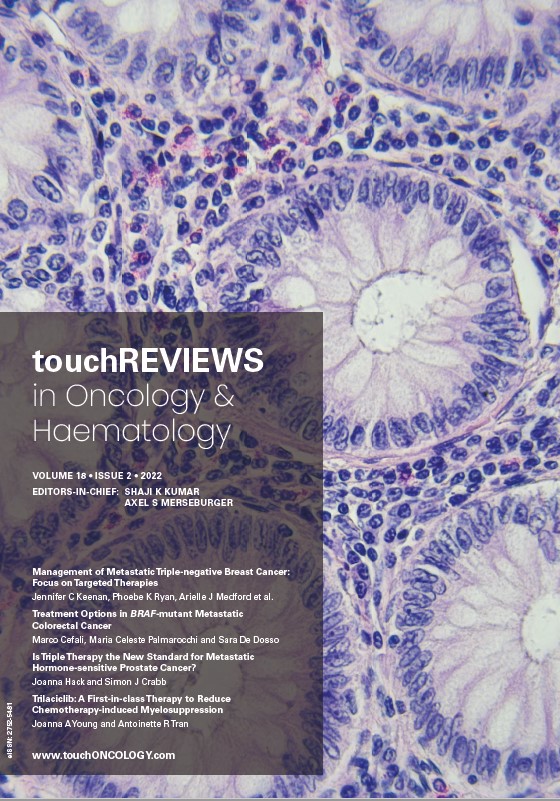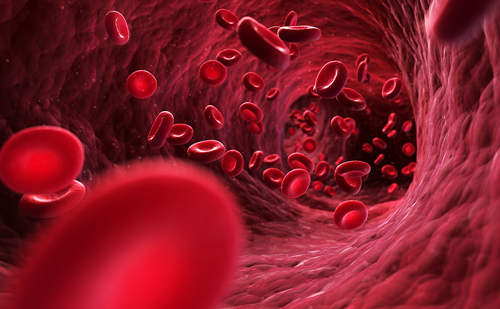touchREVIEWS in Oncology & Haematology – Volume 18, Issue 2 – 2022
Welcome to the latest edition of touchREVIEWS in Oncology & Haematology. This issue opens with an editorial looking at the ATLAS trial and how this might shape the future of post-transplant maintenance therapy for patients with multiple myeloma. The journal then showcases a series of review articles spanning a wide range of important topics including breast cancer, colorectal cancer, diagnostics in oesophageal and oesophagastric junction cancers bladder cancer, prostate cancer, head and neck cancer, leukaemia and supportive cancer care.
We would like to take this opportunity to thank all who contributed towards this edition, in particular our authors, Editors-in-Chief, editorial board members and partners. We are now welcoming submissions to our 2023 editions. If you’re interested in submitting an article, please get in touch!
Enjoy and happy reading!
















